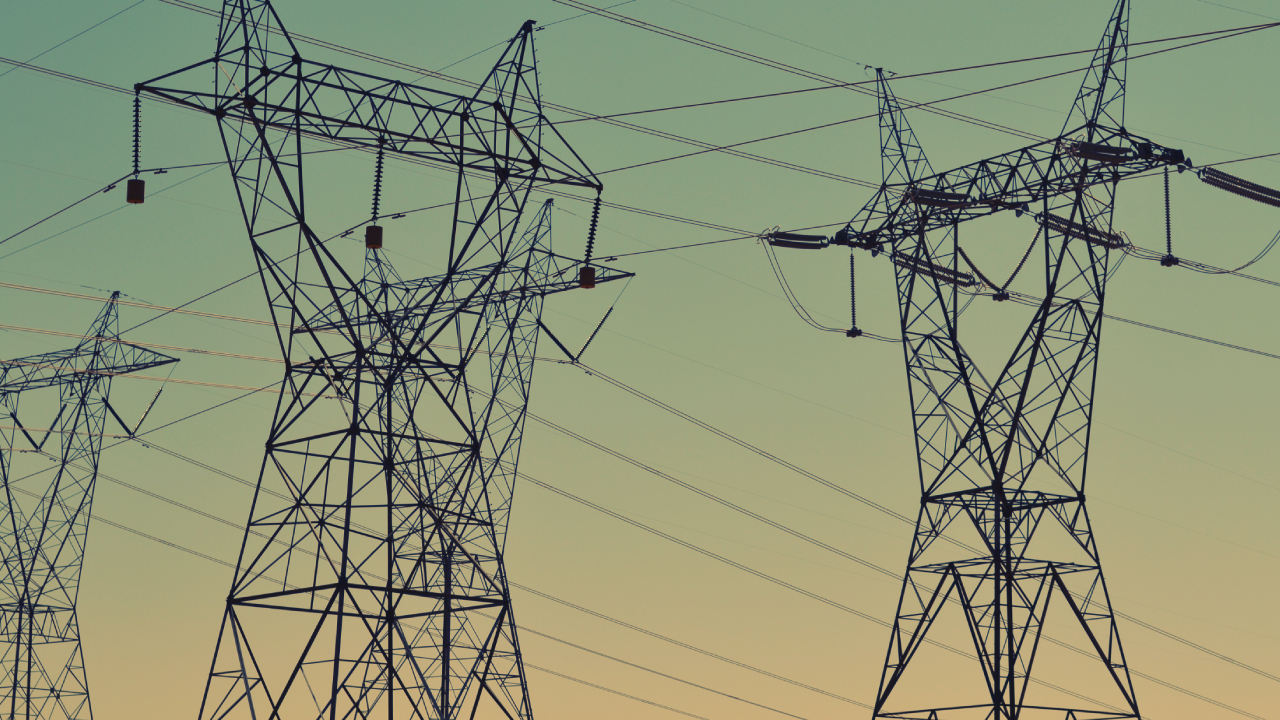- The Department of Trade, Industry and Competition (DTIC) is working on a way to reduce needless regulation when it comes to allowing private power producers to invest in South Africa.
- This latest effort is part of President Ramaphosa’s Energy Mitigation Strategy.
- Additionally, the DTIC is aiding in the launch of a fund that will help businesses across the country to stave off some of the negative effects of loadshedding.
South Africa’s Department of Trade, Industry and Competition (DTIC) is planning to create a new way to reduce some of the red tape and regulations involved in onboarding private electricity producers in the country.
This latest plan will see the department launch the Energy One Stop Shop and Energy Resilience Fund on Thursday, as part of the wider Energy Mitigation Strategy outlined by President Cyril Ramaphosa.
According to SA News, the Energy One Stop Shop is expected to help with the streamlining of regulatory processes required for private investment in electricity generation in South Africa, as well as facilitate pre-investment screening for all future energy projects in the hopes of fast-tracking approval.
“This is to be achieved through timely intervention on blockages and red tape and consequently reduce both the time and cost of getting energy projects onto the grid,” the DTIC explained in a statement.
Additionally, the DTIC’s Energy Resilience Fund was established to support business in becoming energy resilient, through interventions that will see them receive alternative energy solutions, storage and ways to become more energy efficient.
Currently, the Energy Resilience Fund comprises of R1.3 billion worth of funds, which will be deployed through the DTIC, the Industrial Development Corporation (IDC) and the National Empowerment Fund (NEF).
This fund will seek to help out businesses ravaged by the effects of loadshedding, including those operating in townships and rural areas and cannot afford the likes of inverters or generators.
It is estimated that loadshedding between Stage 3 and Stage 6 costs the South African economy anywhere between R204 million and R899 million every day it is implemented.
Eskom’s continuous bouts of loadshedding are at Stage 4 as of time of writing, with the grid in a constant state of vulnerability. This latest rise in the stages was brought about by a delay in returning generating units at some of Eskom’s power stations to service.
[Image – Photo by Fré Sonneveld on Unsplash]

